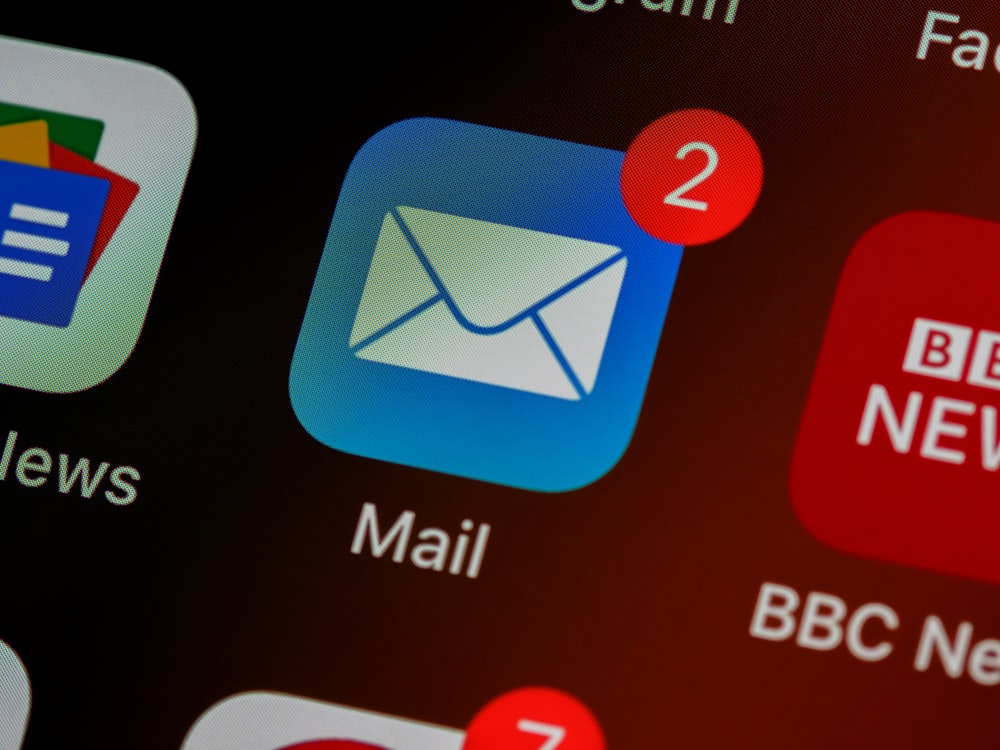Email Authentication: How SPF, DKIM, and DMARC Protect Your Deliverability
In today’s digital landscape, email authentication isn’t just a technical nice-to-have—it’s an essential component of successful email marketing and business communication. As email threats continue to evolve, properly implementing authentication protocols like SPF, DKIM, and DMARC has become crucial for protecting your sender reputation and ensuring your emails reach their intended recipients.

Implementing all three email authentication protocols—SPF, DKIM, and DMARC—creates a robust security framework that protects your domain from spoofing, improves deliverability, and builds trust with both ISPs and recipients.
Why Email Authentication Matters for Deliverability
Email authentication serves as your digital ID verification system. Without it, mailbox providers have no reliable way to confirm that emails claiming to be from your domain are legitimate. This uncertainty leads to:
- Emails being blocked or routed to spam folders
- Increased vulnerability to phishing attacks using your domain
- Damaged sender reputation when spammers impersonate your brand
- Lost revenue when important messages fail to reach customers
According to recent data, authenticated emails see up to 10% higher inbox placement rates than unauthenticated messages, directly impacting engagement and conversion metrics that affect your bottom line.
Understanding SPF: The Foundation of Authentication
Sender Policy Framework (SPF) works like an authorized sender list for your domain. It specifies which mail servers are permitted to send email on behalf of your domain.
How SPF Works
- You publish an SPF record in your domain’s DNS settings
- This record lists all servers authorized to send email from your domain
- When an email arrives claiming to be from your domain, receiving mail servers check if it came from an authorized server
- If the sending server is authorized, the email passes SPF authentication
Sample SPF Record
v=spf1 include:_spf.google.com include:sendgrid.net include:mailchimp.com ~all
This example authorizes Google Workspace, SendGrid, and Mailchimp to send emails on behalf of your domain, while softly failing other sources.
When setting up SPF, ensure you include ALL legitimate email sending services your organization uses, including marketing platforms, customer support systems, and transactional email providers. A single missing service can lead to authentication failures.
DKIM: Adding a Digital Signature to Your Emails
While SPF verifies the sending server, DomainKeys Identified Mail (DKIM) goes a step further by adding a digital signature to each email, verifying the message hasn’t been tampered with in transit.
How DKIM Works
- You generate a pair of cryptographic keys
- The public key is published in your DNS records
- Your email server uses the private key to create a unique signature for each outgoing email
- Receiving mail servers use the public key to verify the signature
- If the signature is valid, the email passes DKIM authentication
The Benefits of DKIM
- Creates message integrity that survives forwarding
- Provides stronger protection than SPF alone
- Improves reputation with major mailbox providers
- Increases deliverability to security-conscious organizations

DMARC: Creating a Comprehensive Authentication Policy
Domain-based Message Authentication, Reporting & Conformance (DMARC) builds upon SPF and DKIM to create a complete authentication framework that includes clear policies and reporting mechanisms.
How DMARC Works
- You publish a DMARC record in your DNS settings
- This record specifies what receiving servers should do with emails that fail authentication
- The record also indicates where reports should be sent about authentication results
- Receiving mail servers follow your policy instructions and send regular reports
DMARC Policy Options
DMARC offers three policy settings that determine how receiving servers handle failed authentication:
p=none: Monitor mode that requests reports but takes no actionp=quarantine: Suspicious emails are sent to spam foldersp=reject: Failed emails are blocked entirely
Sample DMARC Record
v=DMARC1; p=quarantine; rua=mailto:dmarc-reports@yourdomain.com; pct=100; adkim=s; aspf=s
This example quarantines failed messages, sends aggregate reports to the specified email, applies to 100% of messages, and uses strict alignment for both DKIM and SPF.
Start with "p=none" to monitor without affecting delivery, then progress to stricter policies
Regularly review DMARC reports to identify legitimate services that may need authentication setup
Use "sp=reject" to protect all subdomains with stricter policies than your main domain
Consider DMARC reporting tools like Valimail, dmarcian, or PowerDMARC to simplify analysis
Implementing a Complete Authentication Strategy
For maximum protection and deliverability benefits, follow this implementation roadmap:
1. Audit Your Email Environment
Before making changes, inventory all systems that send email using your domain, including:
- Marketing platforms
- CRM systems
- Support desk software
- Transactional email services
- Third-party applications
2. Implement SPF First
Start with SPF as your foundation:
- Create a comprehensive SPF record including all legitimate sending services
- Begin with a soft fail mechanism (~all) while testing
- Verify implementation using SPF validation tools
3. Add DKIM Signatures
Next, implement DKIM for your primary email sources:
- Generate appropriate key pairs
- Publish public keys in your DNS
- Configure your email servers to sign outgoing messages
- Test signature validation
4. Deploy DMARC Gradually
Finally, implement DMARC in phases:
- Start with monitoring mode (p=none)
- Analyze reports to identify and fix authentication issues
- Gradually increase policy strictness (move to quarantine, then reject)
- Consider applying different policies to subdomains as needed
A complete authentication implementation typically takes 3-6 months, with most organizations spending 1-2 months in each policy phase before advancing to stricter settings.
Common Authentication Pitfalls to Avoid
Even experienced email professionals can encounter challenges with authentication implementation. Watch out for these common issues:
SPF Record Limitations
SPF has a 10-lookup limit in its evaluation. Exceeding this limit causes authentication failures. Consolidate your includes to stay within this boundary.
DKIM Key Management
DKIM keys should be rotated periodically (every 6-12 months) for security. Create a key rotation schedule and process to maintain continuous authentication.
Missing Sender Alignment
DMARC requires alignment between your “From” domain and either SPF or DKIM domains. Ensure your email system maintains this alignment in all messages.
Overlooking Legitimate Services
Incomplete authentication records that omit legitimate services will cause those messages to fail authentication. Maintain a comprehensive inventory of all sending services.

Measuring the Impact of Authentication
After implementing authentication, track these key metrics to measure its impact:
- Inbox placement rates before and after implementation
- Spam complaint rates
- Authentication pass rates from DMARC reports
- Domain reputation scores from services like Google Postmaster Tools
- Engagement metrics for marketing and transactional emails
Organizations that fully implement SPF, DKIM, and DMARC typically see a 5-15% improvement in overall deliverability, with even greater improvements for domains that previously experienced spoofing or phishing attacks.
Beyond Authentication: Building a Complete Deliverability Strategy
While authentication forms the foundation of good deliverability, it works best as part of a comprehensive approach:
- Maintain pristine list hygiene by regularly removing unengaged subscribers
- Design responsive, accessible emails that render well across devices
- Monitor engagement metrics and adjust content strategies accordingly
- Implement proper IP warming when changing email service providers
- Establish clear permission practices for collecting email addresses
Together with strong authentication, these practices create a robust deliverability framework that ensures your messages consistently reach the inbox, protecting both your sender reputation and your bottom line.
After implementing authentication, consider registering for feedback loops with major mailbox providers and monitoring services like Google Postmaster Tools and Microsoft SNDS to gain additional insights into your email performance.
By implementing these authentication protocols, you’re not just protecting your domain—you’re building the trust necessary for long-term email deliverability success.



